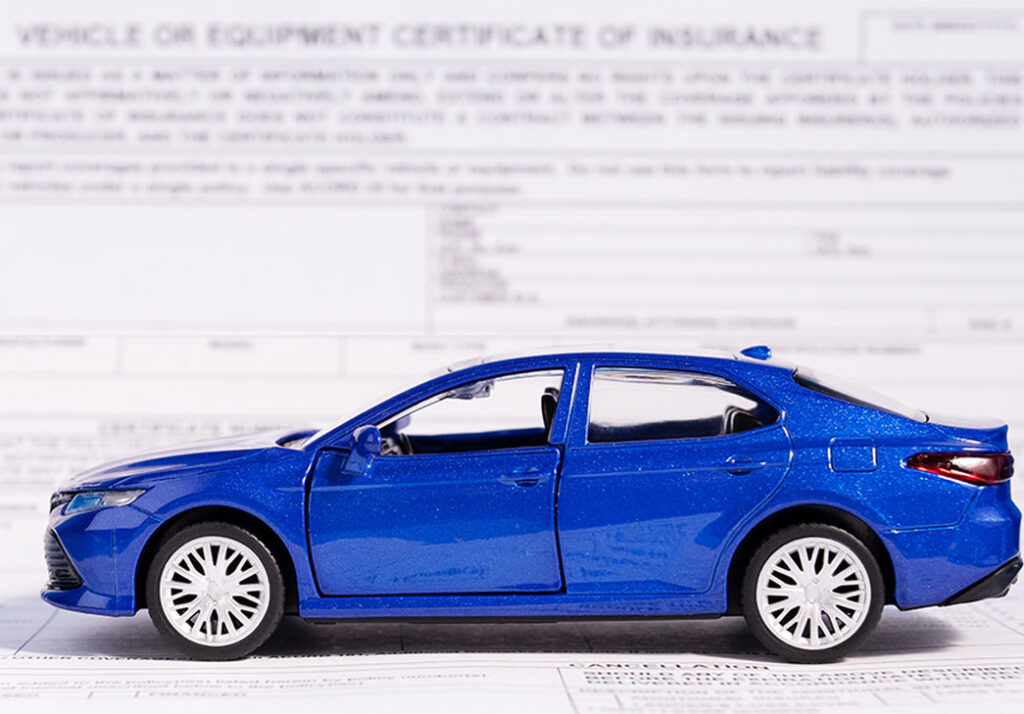Car insurance can often feel like a complex and overwhelming topic. With so many terms and jargon to navigate, it’s no wonder that many people find themselves confused when it comes to understanding their auto insurance policy. In this comprehensive guide, we’ll break down the top 10 car insurance terms you need to know to make informed decisions about your coverage. Whether you’re a seasoned driver or a newbie on the road, this article will help demystify the world of car insurance and give you the confidence to choose the right policy for your needs.
1. No-Fault Insurance
Ontario uses a no-fault insurance system. Unfortunately, the terminology is misunderstood by many drivers. While “no-fault” seems to imply that no one is at fault in a collision, it in fact means that each driver deals with their own insurance company for all of their claims, regardless of who is determined to be at fault for the accident. The no-fault system is designed to lower administrative costs. It also offers a simplified claims process so each claim can be resolved faster and you can receive your payout sooner.
By contrast, in a fault system, your expenses wouldn’t be paid by the other party’s insurance company until he or she has been proven negligent.
2. Covered Loss
Understanding what is considered a covered loss (or coverage) is crucial when it comes to your car insurance policy. A covered loss refers to any damage or loss that your insurance company will pay for under your policy. This can include damage to your vehicle, injuries sustained by you or others involved in the accident, and damage to other people’s property. It’s important to carefully review your policy to know exactly what losses are covered, as not all incidents may be included.
3. Named Insured
The named insured is the primary person to whom the insurance policy is issued. This individual is the policyholder and is typically the owner of the insured vehicle. As the named insured, you have the authority to make changes to the policy, add or remove vehicles, and make claims.
4. Deductible
The deductible is the amount of money you agree to pay out of pocket before your insurance company covers the remaining costs of a claim. For example, if your car sustains $4,000 of damage in an accident and you have a $500 deductible listed in your policy, you would need to pay $500 and your insurance company would cover the remaining $3,500.
Deductibles are applied to ensure that you have “skin in the game” and to deter against small or nuisance claims. Generally, higher deductibles result in lower premiums, while lower deductibles result in higher premiums.
5. Insurance Declaration Page
The insurance declaration page is the page (or pages) that summarize the key points of your car insurance policy. This includes important information such as the coverages you have selected and their limits as well as the deductible. These pages also list the vehicles covered by your policy, the name and address of the insured, all drivers and the policy term. It serves as a quick reference guide to understanding your overall insurance coverage.
6. Limit of Coverage
The limit of coverage refers to the maximum amount that your insurance company will pay overall or for a specific loss as outlined in your policy. It’s essential to review your coverage limits and ensure these provide adequate financial protection in the event of a severe accident.
For example, in Ontario you are required to have a minimum of $200,000 in liability coverage and most insurance policies automatically offer $1 million in coverage. However, there has been an increase in liability suits in the last few years and the average award now exceeds $1.5 million. If your policy has a liability coverage limit of $1 million, you will be on the hook for remaining $500,000. It’s for this reason that we recommend increasing your liability limit to $2 million.
What many people don’t realize is that the difference in premium between $1 million and $2 million in liability coverage is only a few dollars a month.
7. Motor Vehicle Report (MVR)
A Motor Vehicle Report is a comprehensive record of your driving history. This report includes information about the status and class of of your licence, any demerit points, tickets incurred in the last 3 years, license suspensions, and accidents. Insurance companies commonly use MVRs to assess the risk associated with insuring a driver. Safe drivers with clean records often enjoy lower insurance rates, while drivers with multiple violations or accidents may face higher premiums.
8. Primary Use
Primary use refers to how you primarily utilize your vehicle. It could be commuting to work, running errands and driving around town for personal use, or using the vehicle for business or volunteer purposes. The primary use of your car, the distance and frequency you drive will impact your insurance coverage and premium. If you use your vehicle for business purposes, you will likely require additional coverage to protect your business assets adequately.
9. Insurance Premium
The insurance premium is the amount of money you agree to pay for your insurance policy. Some insurance companies require an annual lump sum payment, and some provide monthly payment options. Several factors influence your premium, including your driving history, location, vehicle type, age, and the coverages and deductibles you choose. If you choose to purchase your car insurance through a brokerage, your broker will automatically provide you with a list of comparable quotes from every insurance company they deal with.
10. Principal Driver
The principal driver is the person who drives the insured vehicle the most frequently. Insurance companies consider the principal driver when determining rates and assessing risk. Accurate information about the principal driver, including their age, driving history, and usage of the vehicle, is crucial for obtaining an accurate insurance quote.
Conclusion
Navigating the world of car insurance doesn’t have to be overwhelming. By familiarizing yourself with these ten essential car insurance terms, you’ll be better equipped to understand your policy, make informed decisions, and protect yourself on the road.
Remember to review your policy carefully, consider your coverage needs, and consult with your insurance broker, such as McLean & Dickey Insurance, to ensure you have the right coverage at the best possible rates. With the right knowledge and support, you can confidently navigate the road ahead and drive with peace of mind.




